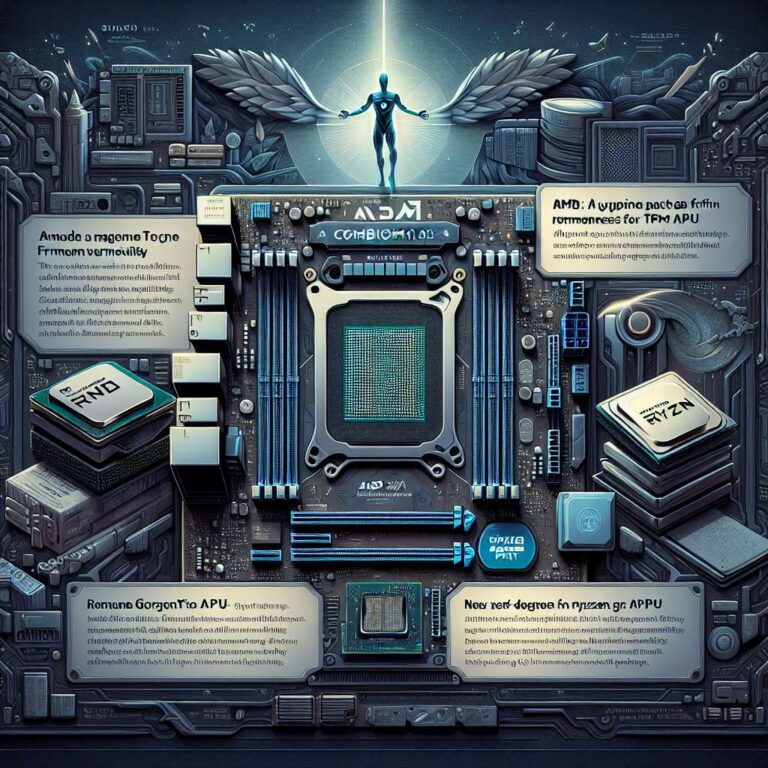AMD has commenced deployment of the AGESA ComboAM5 1.2.0.3e microcode update for Socket AM5 motherboards, a move first confirmed by an ASUS BIOS update targeting its ROG Crosshair X870E Hero. This initiative is expected to carry through to other motherboard vendors and prebuilt OEM system suppliers, impacting AMD 600-series and 800-series chipsets. The update’s immediate purpose is to address a security vulnerability in the firmware TPM (fTPM) module—a core component in Windows 11´s hardware root of trust requirements. The flaw, uncovered by the Trusted Computing Group, is related to an out-of-bounds read method that could undermine root of trust integrity, amplifying potential attack vectors in affected systems.
Beyond critical security patches, AGESA 1.2.0.3e brings support for an as-yet unreleased AMD processor, widely reported to be the Ryzen 9000G ´Gorgon Point´ desktop APU. Built on a refined 4 nm ´Gorgon Point´ monolithic silicon that itself is an evolution of ´Strix Point´, this launch follows the pattern set by previous updates—such as ´Hawk Point´ to ´Phoenix Point.´ Hardware-wise, the 9000G features a dual-CCX layout: one cluster with four ´Zen 5´ cores and 16 MB L3 cache, and another with eight ´Zen 5c´ cores sharing 8 MB L3 cache. This clear distinction enables targeted performance enhancements and efficient power distribution within workloads.
On the graphics and acceleration front, the new APU is equipped with an RDNA 3.5 integrated GPU, sporting 16 compute units, signaling a robust uplift in on-chip graphics capability. The neural processing unit (NPU), based on AMD´s XDNA 2 architecture, delivers at least 50 TOPS, enabling localized Microsoft Copilot+ Artificial Intelligence acceleration directly from the device. PCI Express support is defined as Gen 4 across the board, though the dedicated PEG slot drops to a PCIe 4.0 x8 configuration. These features combined underline AMD’s focus on balancing performance, security, and leading-edge Artificial Intelligence integration for their latest generation of desktop hardware.

